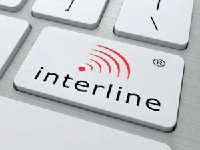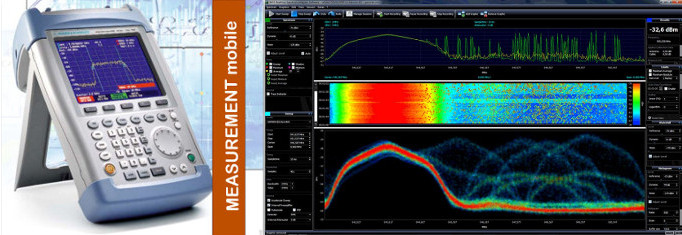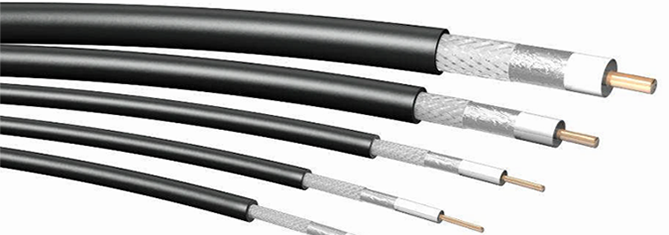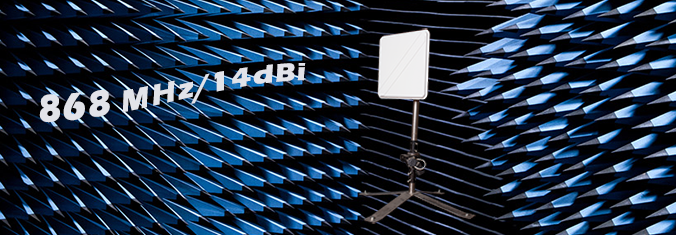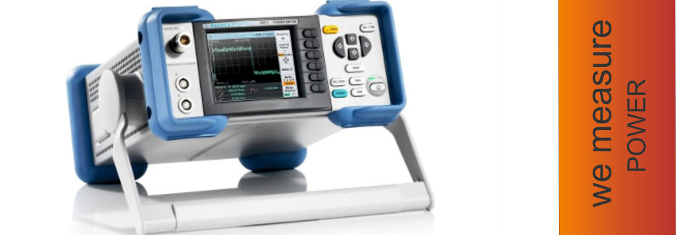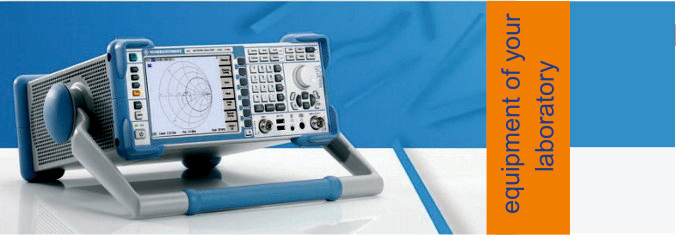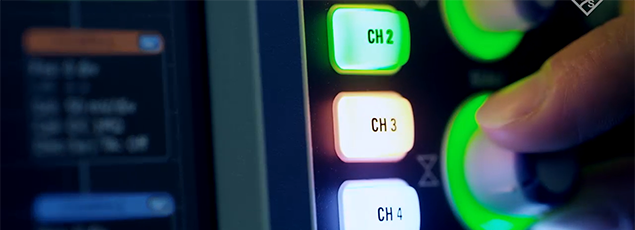
LoRaWAN (Long-Range Wide Area Network) is a type of data communication for wide area wireless networks. It is designed to allow long-range data acquisition at a low bit rate between connected sensors that monitor and relay back data. LoRa is able to transmit data over large distances with low power. This is based on the laws of physics, which dictate that, in order to transmit over a long distance; you either need to increase the power or reduce the bandwidth.
There are several other types of similar networks. Like (LPWAN) low-power wide-area network, (LPWA) low-power wide-area, or (LPN) low-power network.
What is LoRa and LoRaWAN
LoRa (Long-Range) is a patented digital wireless data communication IoT technology developed by Cycleo of Grenoble, France. Cycleo was acquired by Semtech in 2012. Semtech holds the IP for LoRa transmission methodology. The LoRa advantage is in the technology’s long-range capabilities. A single gateway or base station can cover entire cities or hundreds of miles.
LoRa transmits over license-free Megahertz radio frequency bands like 169 MHz, 433 MHz, 868 MHz (Europe) and 915 MHz (North America). LoRa enables very-long-range transmissions (more than up to 10 miles in rural areas) with low power consumption.
The technology is presented in two parts — LoRa, the physical layer, and; the communication protocol built upon the underlying LoRa physical layer. The communication layer will be WAN (Wide Area Network), an open source communication protocol defined by the LoRa Alliance consortium. https://lora-alliance.org/
Thus, LoRaWAN defines the communication protocol and system architecture for the network, while the LoRa physical layer enables the long-range communication link. LoRaWAN communication protocol ensures reliable communication and secure communication.
Physical and Communication layers of a LoRaWAN Network
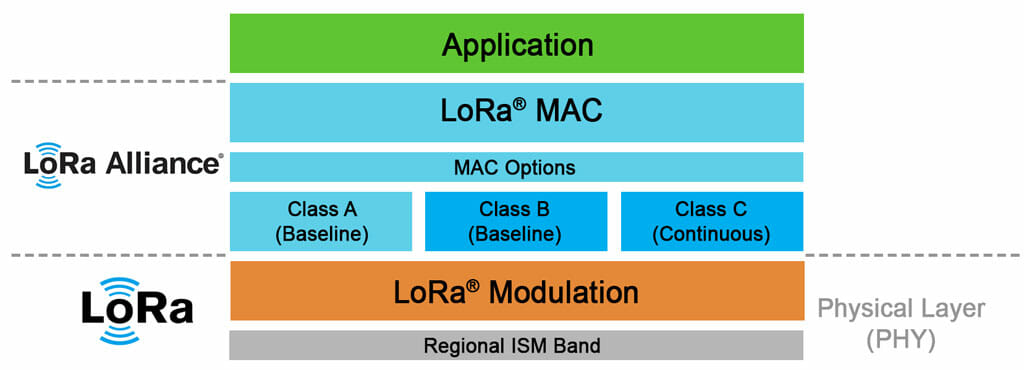
LoRa and LoRaWAN Network Topology
LoRaWAN network architecture is deployed in a star-of-stars topology. This allows base stations to relay the data between the sensor nodes and the network server.
Communication between the sensor nodes and the base stations goes over the wireless channel utilizing the LoRa physical layer, whilst the connection between the gateways and the central server are handled over a backbone IP-based network.
- End Nodes transmit directly to all gateways within range, using LoRa.
- Gateways relay messages between end devices and a central network server using IP.

End Nodes
The End Nodes are LoRa embedded sensors. Class A Nodes typically have:
- Sensors used to detect the changing parameter ex: temperature, humidity, accelerometer, or GPS.
- LoRa transponder to transmit signals over LoRa patented radio transmission method, and optionally a micro-controller (with onboard memory).
The LoRaWAN end nodes are typically battery powered (Class A and Class B) sensors. Battery life for a node can typically last two to five years. The LoRa sensors use line of sight communications. Their distances can vary from one to ten miles.
Node Types
| Class Type A | Class Type B | Class Type C |
|---|---|---|
| Battery Powered | Low Latency | No Latency |
| Bidirectional with 1 UL+2DL Slot | Bidirectional with Scheduled Downlink Slots | Bidirectional with Most of the Time Listening Mode |
| Unicast Messages | Unicast and Multicast Messages | Unicast and Multicast Messages |
|
|
|
| End Device Initiates Communication (Uplink) | Extra Receive Window | Server can initiate transmission at any time |
| Server communicates with end-device (downlink) during predetermined response windows | Server can initiate transmission at fixed intervals | End-device is constantly receiving |
Gateways
The LoRa sensors transmit data to the LoRa gateways. The LoRa gateways connect to the internet via the standard IP protocol and transmit the data received from the LoRa embedded sensors to the Internet i.e. a network, server, or cloud.
The gateway devices are always connected to a power source. The gateways connection acts as a transparent bridge, simply converting RF packets to IP packets and vice versa.
Advantages and Disadvantages of LoRaWAN
Advantages of LoRaWAN
- Low Powered sensors that can cover a wide area measured in miles
- Operates in the industrial, scientific, and medical (ISM) radio bands. These are free (unlicensed) frequencies, having no upfront licensing cost to use the technology
- Low power means long battery life for devices. Sensor batteries can last for two to five years (Class A and Class B)
- Single LoRa Gateway device is designed to take care of thousands of end devices or nodes
- Perfect for monitoring field deployed assets
- It is widely used for M2M/IoT applications
- LoRaWAN is governed by an alliance.
- Long-range functionality enables smart solutions, such as smart city applications.
- Wireless, easy to set up and fast deployment.
- Security: a layer of security for the network and one for the application with AES encryption.
- Fully bi-directional communication.
Disadvantages of LoRaWAN
- Not for large data payloads, payload limited to 0.3 ~ 5.5 kBps.
- Has no support for audio or video
- Limited to Line of Sight (LOS) communication
- Not for continuous monitoring (except Class C devices).
- Not ideal candidate for real time applications requiring lower latency and bounded jitter requirements.
- LoRa operates on frequencies that are open and do not need a state license. That means that you may get interference on that frequency and the data rate may be lowered. Also, because open frequencies are different from country to country the performance may vary.
LoRaWAN is a wireless Data collection protocol. Specifically designed for gathering low-bandwidth sensors over long distances. It’s use as a portal for Industrial, medical and municipal Data gathering will help simplify time-consuming tasks and drive a connected world. For more information about ECS Inc. LoRaWAN clocks and Crystals. Follow this link to LoRa Timing
ECS Inc. is committed to supplying high-end electronic components to help you Engineer the IoT connected world. For more information on ECS Inc products click here.
LoRa (Long-Range) is digital wireless data communication IoT technology. LoRa transmits over license-free megahertz radio frequency bands: 169 MHz, 433 MHz (Asia), 868 MHz (Europe) and 915 MHz (North America). LoRa enables very-long-range wireless data transmission. LoRa communications can be made at ranges of ten miles or more in rural areas, using low power. LoRa can achieve this by narrowing the bandwidth.
The laws of physics dictate that in order to transmit over a longer distance, you either need to increase the power or reduce the bandwidth. For more information on LoRa technology follow this link.
Contingent on the configuration of your LoRa radios and how many nodes and gateways you will use, you will need one or more clocks at different frequencies and stabilities. ECS Inc. has many products specifically engineered to meet these requirements. Listed below are some of the more commonly used clocks in LoRa applications. If you have special requirements, we have many other solutions to help complete the Long-Range wireless network.
